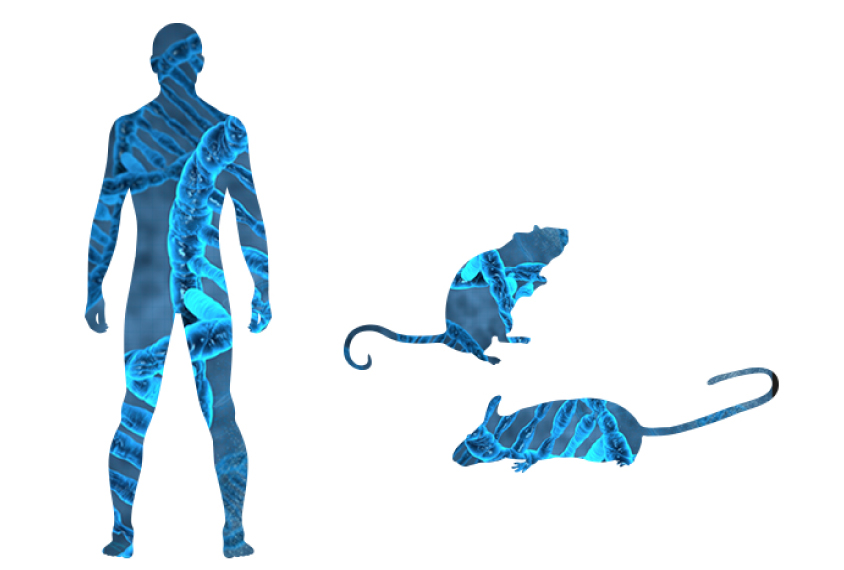
Jasmin Chang
THIS ARTICLE IS MORE THAN FIVE YEARS OLD
This article is more than five years old. Autism research — and science in general — is constantly evolving, so older articles may contain information or theories that have been reevaluated since their original publication date.
Neurons generated from the skin cells of individuals with fragile X syndrome show different combinations of features associated with the syndrome. The results, presented yesterday at the 2016 Society for Neuroscience annual meeting in San Diego, suggest that people with certain combinations may respond only to specific therapies.
“Fragile X syndrome is way more complicated and convoluted and heterogeneous than saying it stems from a single gene [would suggest],” says Nisha Raj, a graduate student in Gary Bassell’s lab at Emory University in Atlanta.
The findings might explain why multiple treatments that are effective in mouse models of fragile X syndrome have so far failed in clinical trials, Raj says.
In people, expansions of a segment in the FMR1 gene silence the gene and lead to a loss of the FMRP protein. Mice aren’t subject to the same silencing, however, so researchers model the syndrome in mice by deleting the FMR1 gene. This could mean the mice are too different from people to accurately model the syndrome, Raj says.
Instead, Raj is generating neurons from people with fragile X syndrome or other conditions related to autism, such as DiGeorge syndrome. “I wanted to investigate why all these drugs that are working so well in animal models aren’t really translating into clinical therapies,” she says. So far, she has made cell lines from 20 people with these conditions, including 11 with fragile X syndrome.
Protein boost:
Many of the drugs researchers are testing for fragile X work to suppress proteins under FMRP’s control. In people with the syndrome, the lack of FMRP should result in elevated levels of hundreds of proteins.
Raj developed an assay that introduces a modified amino acid into every newly made protein. This amino acid carries a chemical tag onto which the researchers can fasten a fluorescent molecule. Using an automated cell-sorting machine that detects fluorescent activity, they can then count the number of new proteins produced in a defined period of time.
They can also sequence these proteins to look for boosts in particular ones. Preliminary findings suggest that fragile X neurons make an excess of PSD-95, a protein known to be involved in fragile X syndrome and autism. This is one of hundreds of proteins elevated in the neurons, however. Tracking which proteins are affected in different people could be help tailor their treatments, Raj says.
Raj also grew the fragile X neurons on a plate embedded with electronic sensors that detect how neurons fire. Neurons from individuals with fragile X syndrome tend to be hyperactive compared with controls, she found.
The researchers have thus far tested neurons from four people in both assays. Two of them show only the boost in protein synthesis, and one shows only the hyperactivity. Only one set of neurons shows both features.
Raj is also testing drugs developed for fragile X syndrome in each of the lines. Each cell line shows a slightly different response to the treatments, she says.
The findings suggest that no one drug will be effective for all people with the syndrome. The researchers aim to look at combinations of drugs, which may be more effective than any drug alone.
For more reports from the 2016 Society for Neuroscience annual meeting, please click here.
By joining the discussion, you agree to our privacy policy.